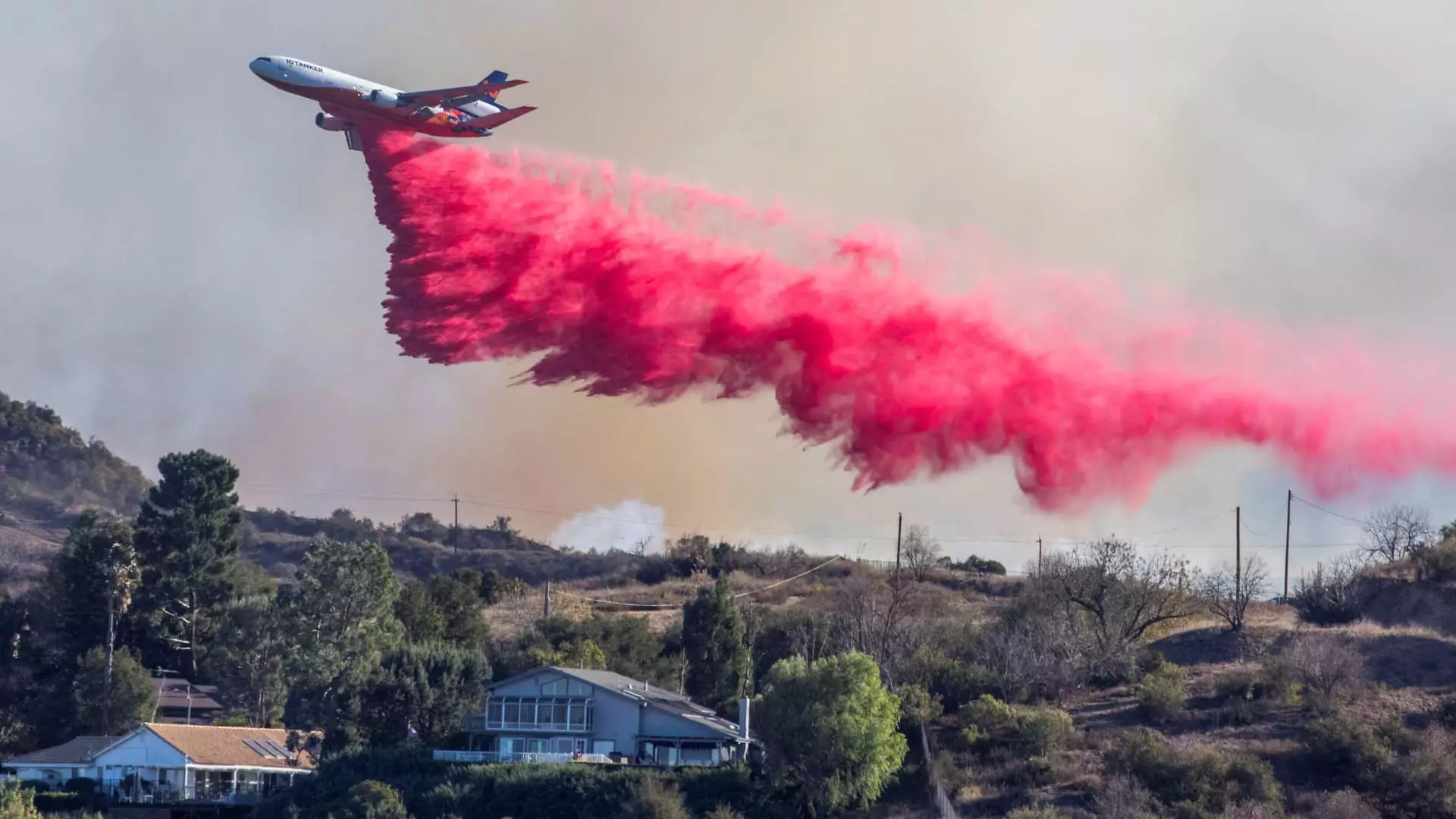In recent years, wildfires have escalated into one of the most pressing environmental challenges faced globally, with millions of acres scorched annually. The situation has reached what many describe as a crisis point, especially in regions like Southern California. In January 2023, wildfires threatened the lives and properties of thousands in Los Angeles, igniting a race against the clock for air tanker companies to deploy their fleets. Traditionally viewed as an off-season for such operations, the increasing frequency of wildfires has compelled these companies to adapt their strategies and resource pools to meet urgent demands.
California’s Department of Forestry and Fire Protection, known as Cal Fire, boasts a formidable fleet of over 60 firefighting aircraft, comprising both fixed-wing and rotor-wing options. Still, this represents only a fraction of the resources available. In dire situations, private companies step in with their unique fleets, equipped to combat raging infernos from the skies. One standout example is 10 Tanker Air Carrier, which utilizes converted DC-10 aircraft, known for their capability to carry significant amounts of fire retardant. CEO Joel Kerley highlighted the unprecedented demand for aerial support, emphasizing the growing complexities of firefighting operations that necessitate larger fleets.
Fire seasons, traditionally confined to the warmer months from April to November, have extended due to climate change. The U.S. Forest Service has witnessed an exponential increase in demand for emergency aerial support throughout the year. In response, the Forest Service renewed a monumental ten-year contract worth $7.2 billion with 10 Tanker and other suppliers, marking a notable shift towards recognizing the year-round necessity for firefighting resources. Emerging data from environmental agencies suggests that the impact of wildfires has intensified, with an increase in both the area affected and the severity of incidents.
Countries worldwide are facing similar challenges. Regions like Australia are investing heavily to build their aerial firefighting capabilities, bolstering their fleets of specialized aircraft. Joel Kerley reflects on the growing need for expansion within his own company and others, indicating that responses to wildfires must increase in both capability and scale. The ferocity of recent California wildfires, such as the Palisades and Eaton fires, which devastated entire neighborhoods, highlighted the urgency of the situation, forcing responders to tackle unprecedented challenges with limited resources.
While aerial firefighting capabilities grow, so too do complications related to maintenance and readiness. Many aircraft were initially undergoing routine maintenance at the onset of recent fires, delaying their response. Sam Davis, CEO of Bridger Aerospace, shared that converting aircraft into water bombers is not an instantaneous task. It often takes upwards of a year to modify planes adequately and prepare them for the demanding nature of aerial firefighting. As climate conditions create longer fire seasons, the window for aircraft refurbishment tightens drastically, emphasizing the dire need for a streamlined approach to fleet management.
Aerial firefighting pilots face challenges that extend beyond merely navigating aircraft. The dynamics of firefighting in challenging terrains, often exacerbated by unpredictable weather conditions and extreme wind patterns, add a layer of complexity to these operations. For example, the Santa Ana winds, capable of reaching hurricane force, not only serve to accelerate fire spread but can ground aircraft when conditions become particularly hazardous. The pilots navigating these perilous situations often come from diverse backgrounds, including military and commercial aviation, bringing varied skills and experiences to the challenging task at hand.
To tackle the escalating challenge posed by wildfires, the aviation industry is pursuing innovations in firefighting aircraft. New designs, such as the DHC-515 water bomber under development by De Havilland, seek to incorporate advanced technology and efficiency improvements, ensuring pilots have better tools to combat these devastating fires. The latest models promise enhanced capabilities for water drop control, cockpit comfort in extreme conditions, and greater resilience against the corrosive effects of saltwater.
As climate change continues to reshape fire behavior, the demand for aerial firefighting support will only increase. This evolving landscape necessitates an agile and innovative approach to resource management and aircraft technology. Companies and governments must collaborate to confront these challenges head-on, ensuring that as wildfires become more frequent and severe, the resources required to combat them evolve accordingly. The future of forestry management and fire suppression may depend critically on how effectively these sectors respond to the growing dangers of wildfire in the era of climate change.


Leave a Reply